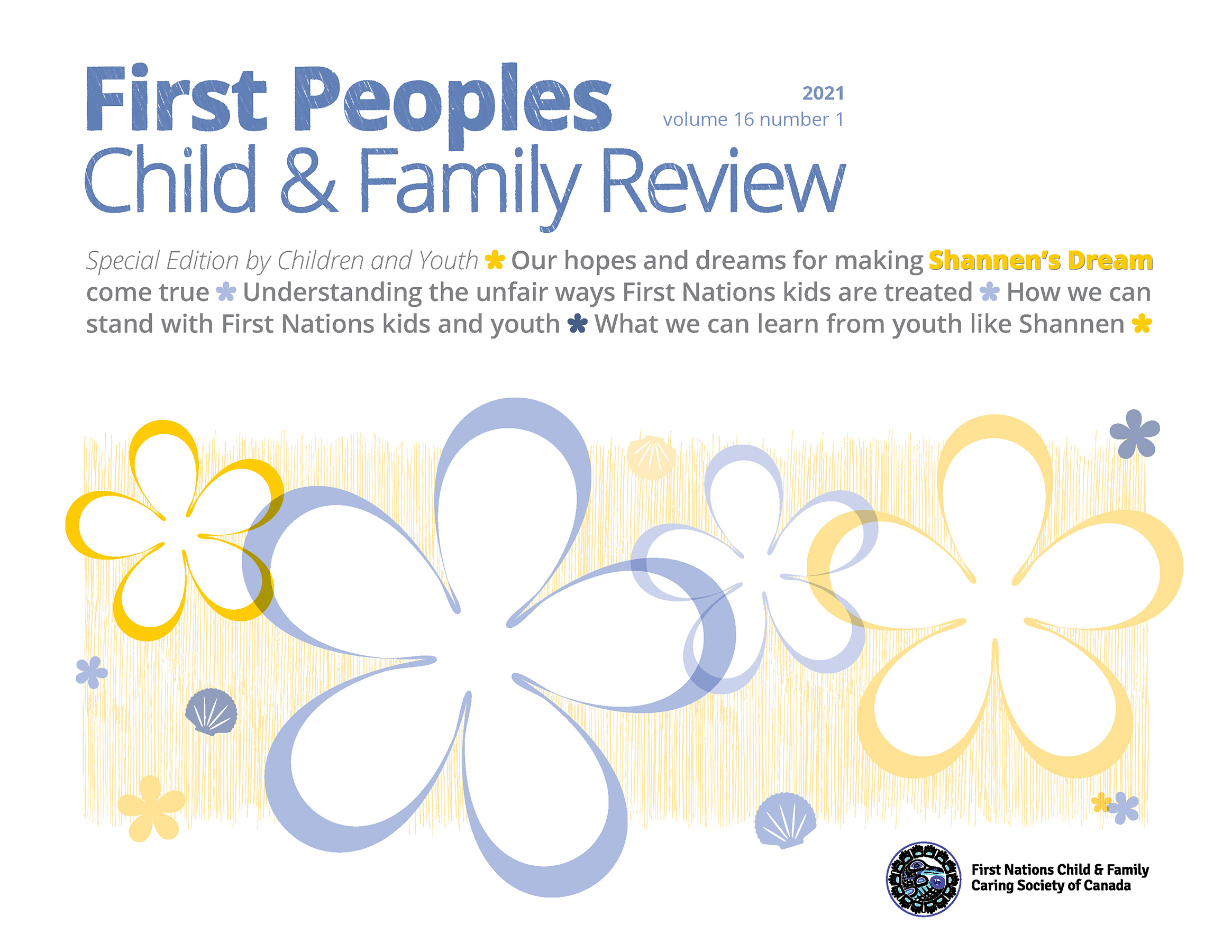What does it mean for me to have hopes and dreams? I heard about Shannen in the documentary Hi-Ho Mistahey by Alanis Obomsawin which featured Shannen Koostachin’s story when I was in Grade 3. The United Nations Declaration on the Rights of Indigenous People (2007, p. 13), article 14, states that Indigenous individuals, particularly children, have the right to all levels and forms of education of the State without discrimination. This is our right as Naskumituwin (Treaty) people and as Indigenous people. Having access to education is part of our natural rights as Omushkegowuk Cree people or any other Indigenous people. Shannen understood this and advocated to ensure that First Nation youth have schools in their community and the right to an education similar to non-Indigenous youth. In this paper I discuss my hopes and dreams on how to make Shannen’s Dream come true. Indigenous youth in Canada must have access to schools and, most importantly, schools that support their goals. Shannen challenged the Canadian government to have truly safe schools for Indigenous youth. Imagine having to fight to have a school to be able to learn. As a Treaty 9 person a right to an education is important. Our ancestors knew this and that is why they included education in our Treaty. Yet we are denied that right. Shannen showed courage when she challenged the government to make Indigenous youth a priority and build the school in the community. It is distressing that youth have to remind politicians about lack of schools and access to education. This describes to me a broken Treaty system and a dishonour to our ancestors who had us deep in their thoughts during the Treaty-making process when they included education. These rights are not acknowledged, and Indigenous youth are discriminated against in Canada. It is discouraging that some First Nations youth have to go far away to school in places that are often hostile and do not recognize our gifts. I have heard about many youth who leave their homes. This makes me reflect on Tanya Talaga’s book Seven Fallen Feathers and think about Shannen’s legacy and passion for Indigenous youth and our rights. It makes me think about Cree youth across Canada with hopes and dreams like mine. This is our Land, and we must speak. We should not need to exist under deplorable conditions and have our rights constantly taken away. If we listen to the stories of Indigenous people who were forced as children into Canada’s brutal residential schools where they were severely abused, discriminated against and in some cases even [died], it shows how as Indigenous people we have experienced discrimination for far too long. My [hopes] and dreams of making Shannon’s dream come true are many. I want us to get funding to build better and safer schools. In many cases simply just a school in our community. We want schools that reflect who we are. The best schools I attended were schools that taught Indigenous language. Our languages should be up front and centre. We want schools that teach us math that reflects who we are as Indigenous people. We want teachers that do not dismiss us. I have that experience of being dismissed many times in schools. We want schools that want us. We want mold free schools. We want schools that are built with love and that are designed for our learning needs as Indigenous youth. In order to make Shannen’s Dream come true, those that have the power must listen to us. As Indigenous youth we have our own power within ourselves. We must be …
Parties annexes
Bibliography
- Talaga, T. (2017). Seven fallen feathers: racism, death, and hard truths in a northern city. House of Anansi Press.
- United Nations. (2007). United Nations Declaration on the Rights of Indigenous Peoples. (p. 1) https://www.un.org/development/desa/indigenouspeoples/wp-content/uploads/sites/19/2018/11/UNDRIP_E_web.pdf
